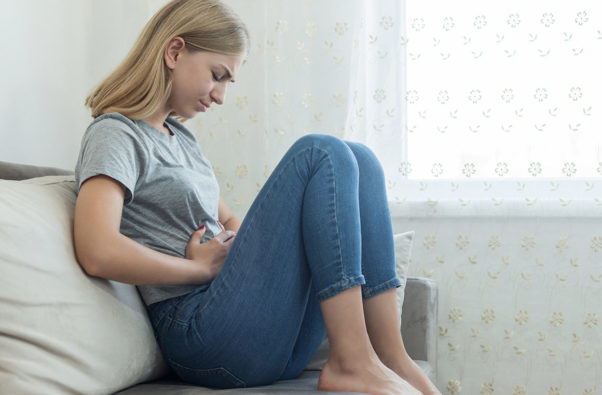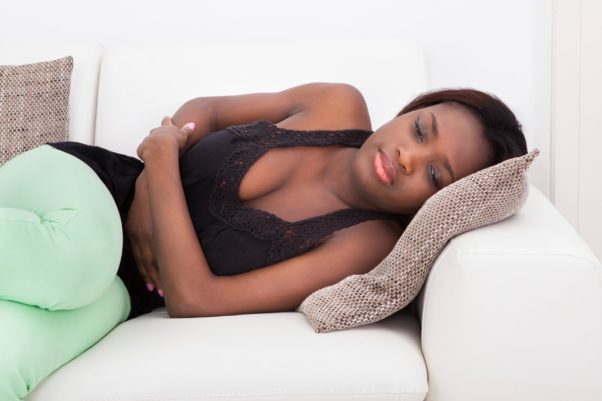When PMS Becomes Debilitating
Many women suffer from premenstrual syndrome (PMS), but some experience a severe and possibly disabling subset of PMS known as premenstrual dysphoric disorder (PMDD).

Premenstrual dysphoric disorder (PMDD) is a subste of PMS that also includes a mood behavior. (Photo: Getty Images)
“It’s important for our patients to understand that there’s help for PMDD,” said Dr. George Henning, a family medicine physician with Penn State Health. “There are effective treatment measures that you and your primary-care provider can plan to ease this disorder.”
PMS and PMDD share symptoms that usually begin seven to 10 days before a woman’s period starts, and can last up to three days. Both PMDD and PMS may cause bloating, breast tenderness, fatigue and changes in sleep and eating habits. Similar physical and emotional symptoms are associated with PMS and PMDD. However, at least one of these symptoms is seen in PMDD: sadness or hopelessness, anxiety or tension, extreme moodiness, irritability or anger.
“PMDD hinges on the fact that, on top of PMS symptoms, it interferes with daily function or tasks and your relationships with other people,” Henning said.
PMDD affects up to 5 percent of women of childbearing age. Many women with PMDD may also have anxiety or depression, according to the federal Office on Women’s Health.
For proper diagnosis, it is important for women to talk to their primary care physician about any symptoms they may be experiencing in regards to their menstruation cycle.
“Your doctor will talk to you about your health history and do a physical examination,” Henning said. “But it’s important for our patients experiencing PMDD to keep a diary of their symptoms for several cycles to help the doctor pin point specific symptom combinations that relate to the disorder.”
To be diagnosed with PMDD, a patient must experience at least four PMS symptoms and then have a fifth symptom that relates to mood behavior. For these symptoms to be associated with PMDD, they must start about week before menstruation and end shortly after.
Researchers do not know for sure what causes PMDD or PMS, but they do know that hormonal changes throughout the menstrual cycle seem to play a role.
“Serotonin, a chemical found in the brain, may be a cause, as these chemical levels change throughout the menstrual cycle,” Henning said. “Some women may be more sensitive to these changes.”
Treatments for PMDD include antidepressants called selective serotonin reuptake inhibitors. Over-the-counter pain relievers may help relieve physical symptoms, such as cramps, joint pain, headaches, backaches and breast tenderness.
Birth control pills are another possible PMDD treatment, but Henning warns that women may still experience symptoms because the pill doesn’t stop brain chemicals from fluctuating.
“Managing stress by using relaxation techniques or spending time on activities you enjoy may help,” Henning said.
Making healthy choices, such as a low-sodium diet and getting more physical activity, may help relieve some PMDD symptoms.
“PMDD affects the way you view yourself and how you relate to other people,” Henning said. “It is a serious, chronic condition that needs treatment.”
Article by Scott Gilbert of Penn State Health

This article was written by the guest author listed at the end of the article.




